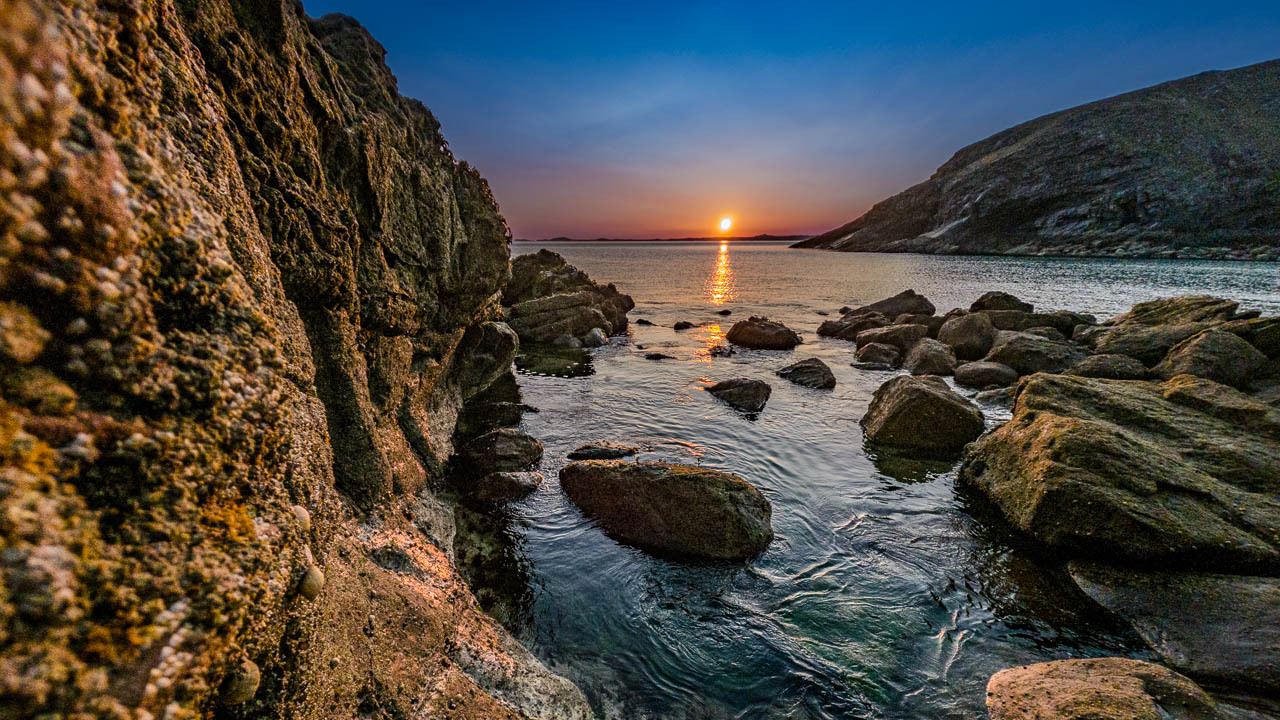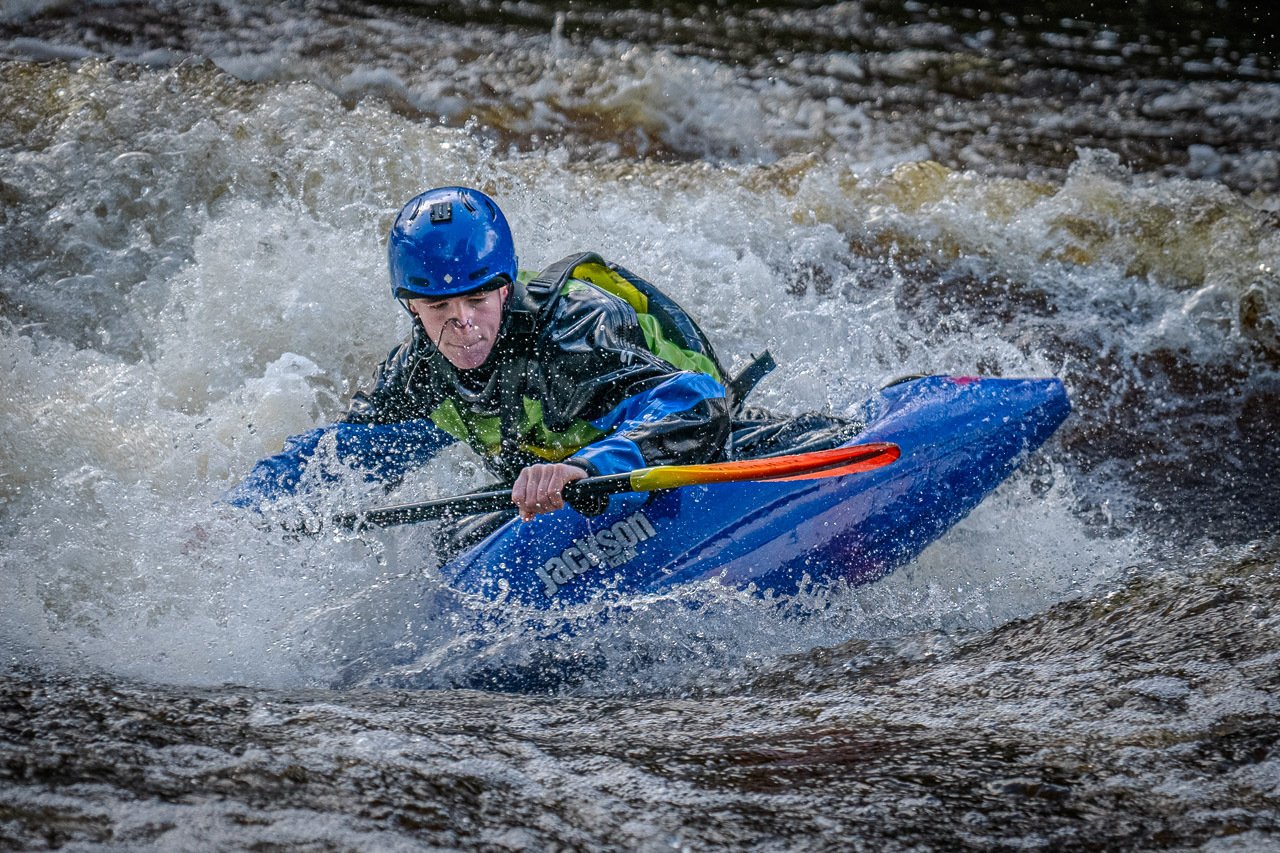
HDR photography hasn't taken off in the same way as video. But Sigma's BF camera might offer an intermediate step to popularity.
It's simply a fact that photographs are now mostly viewed on some form of electronic display rather than being printed out and hung on a wall. Yet, the files that digital cameras produce are still very much produced with the idea of print in mind.
With smartphones being by far the most common place to view images, much of them on social media, and the displays on many modern devices now being fully HDR capable, it's a surprise that there hasn't been much of a move towards HDR photography as a 'mainstream' thing.
There are issues with HDR photography, just as there are problems with HDR video. The primary one being that not everybody does have an HDR device, and it's a lot more work to produce two separate grades for SDR and HDR. Not to mention the fact that different HDR displays are capable of very different brightness and darkness specifications. For all the benefits HDR offers, it's still a bit of a Wild West out there.
With video, the tools to produce HDR content in a streamlined fashion are becoming more common. There's also the availability of HLG HDR, which is designed to gracefully adapt depending on the display it's shown on. In other words, HLG video content can be shown easily on SDR displays without the need to create a separate version of the footage.

If you're viewing the above image in Chrome, Edge, Opera or Brave, it should display as HDR, giving more depth to the specular highlights on the water due to the embedded gain map.
No HDR standard for stills
Unfortunately, in the world of HDR photography there's no overall standard that camera manufacturers have settled upon for an equivalent to HLG video that can be widely shared without editing. The closest we have is the HEIF format, which can store an HLG style curve if the camera manufacturer decides to. However, not all of them do. HEIF is also not widely supported across web browsers.
Before anyone jumps on me to say that HDR images are best created from a RAW file, I agree. That's certainly the way any photography professional or enthusiast would do things, particularly with the HDR tools now available in software like Adobe Camera Raw. Now, ACR can output a few different HDR formats, including AVIF and JPEG XL. Alas, those two formats are again not widely supported across web browsers. So, that leaves JPEG with a gain map.
Using a JPEG with a gain map solves a multitude of problems. It can be displayed in any browser in existence and any software capable of interpreting the gain map data can display the image as HDR on compatible displays. In other words, a JPEG with a gain map can be displayed easily on both SDR and HDR displays.
A gain map allows brightness levels across the image to adapt to the display that the picture is being shown on. It's not perfect, given that it means the tonal range of an 8-bit image will be stretched across the brightness range of an HDR display, but it does mean it's easy to create something that will work on all displays. Which brings me onto the Sigma BF.
DP Review recently discovered that the JPEGs that the camera produced contained an embedded gain map, allowing the images to be displayed on HDR displays easily. It seems that while other manufacturers are pushing and pulling in different directions, Sigma has simply taken the bull by the horns and gone with a format that just works.
It's not a long-term solution. In order for HDR photography to become something we take for granted, there needs to be some consensus across the camera industry, along with browser makers finally offering widespread support. As DP Review points out, this will likely come in the form of an HLG style equivalent for stills. Until then, JPEGs with gain maps seem like a good stop-gap.
Tags: Production Stills HDR photography


Comments